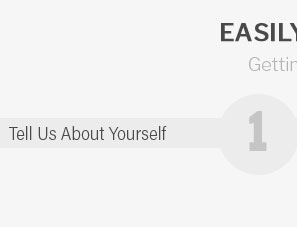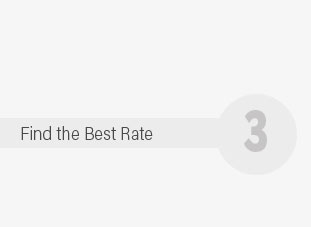 |
 |
 |
|---|
 |
 |
 |
 |
|---|
 |
 |
 |
 |
 |
 |
|---|

Exploring the Best Life Insurance Offers: A Comprehensive Beginner’s GuideLife insurance, a term that often evokes thoughts of security and foresight, is a crucial component of financial planning. Whether you're just starting out or looking to enhance your existing coverage, understanding the landscape of life insurance offers can be both enlightening and overwhelming. This guide aims to demystify the process, providing you with a well-rounded understanding of what to look for and how to navigate the myriad of options available. Firstly, it's important to grasp the basic types of life insurance policies. Broadly, these can be categorized into two primary forms: term life insurance and whole life insurance. Term life insurance, as the name suggests, provides coverage for a specific period, often ranging from 10 to 30 years. This type of insurance is typically more affordable and straightforward, making it an attractive option for those seeking coverage during key life stages, such as raising children or paying off a mortgage. Conversely, whole life insurance offers lifelong coverage and includes an investment component known as the cash value. While the premiums are higher, the policy builds cash value over time, which can be borrowed against or even cashed out. For individuals looking for a policy that combines investment with insurance, whole life insurance might be a compelling choice. When delving into the world of life insurance offers, several factors merit close consideration.
While researching the best life insurance offers, it's wise to employ a strategic approach. Start by assessing your own needs and financial situation. Next, gather quotes from multiple insurers to compare offerings, and don't hesitate to consult with a financial advisor or insurance broker who can provide tailored advice based on your specific circumstances. In today's digital age, many insurance providers offer online tools that can facilitate the comparison process. These platforms allow you to tweak variables such as coverage amount and term length to see how they impact premiums. Furthermore, some companies are now leveraging technology to expedite the underwriting process, making it more efficient and less intrusive. Choosing the right life insurance policy is a significant decision, one that warrants careful thought and consideration. By understanding the different types of policies and the factors that influence them, you are better equipped to make an informed choice that provides peace of mind and financial security for you and your loved ones. Remember, the best life insurance offer is not necessarily the cheapest one; rather, it's the policy that aligns seamlessly with your life goals and provides the coverage you need at a price you can afford. In conclusion, the journey to finding the best life insurance offer is paved with numerous considerations and choices. However, with a clear understanding of your needs and a methodical approach to evaluating options, you can secure a policy that not only safeguards your financial future but also offers a sense of assurance and stability in an ever-changing world. https://www.fidelity.com/life-insurance/term-life-insurance/overview
You can also enter a simple question or phrase, and we'll offer our best answer. https://www.prudential.com/personal/life-insurance/find-life-insurance-policy/term-life-products
Not all insurance policies offer the potential to build cash value. Learn ... https://www.investopedia.com/terms/l/lifeinsurance.asp
It provides financial security for your loved ones by covering expenses like income replacement, debt repayment, and funeral costs. Term life insurance offers ...
|
|---|